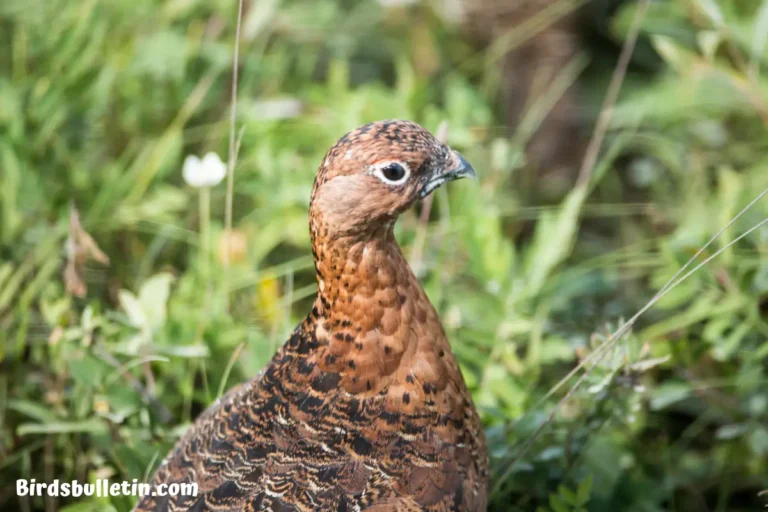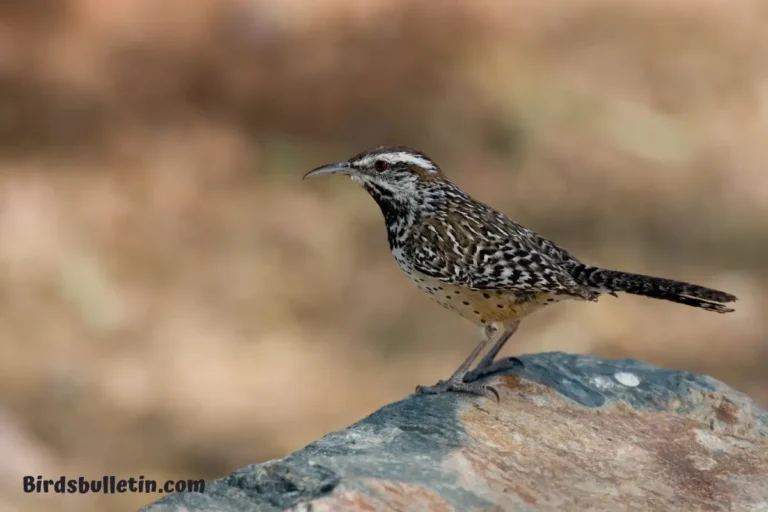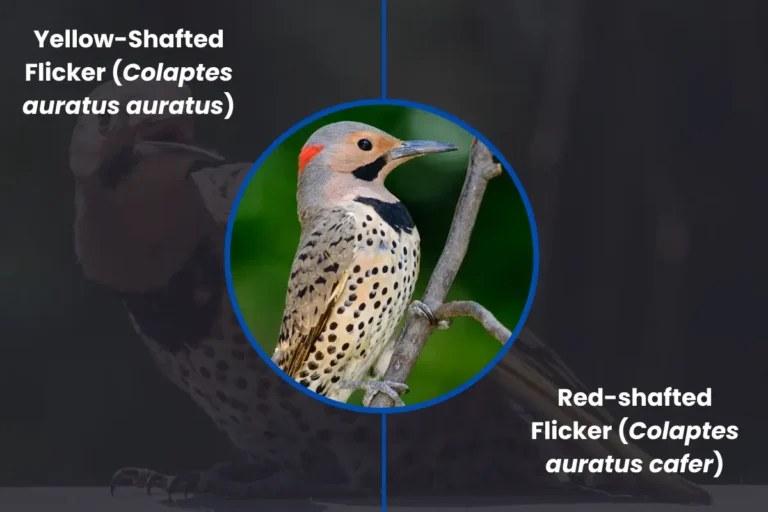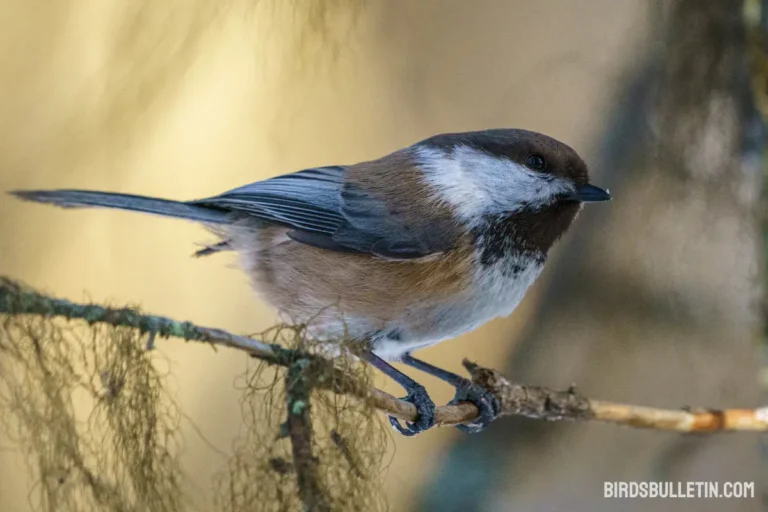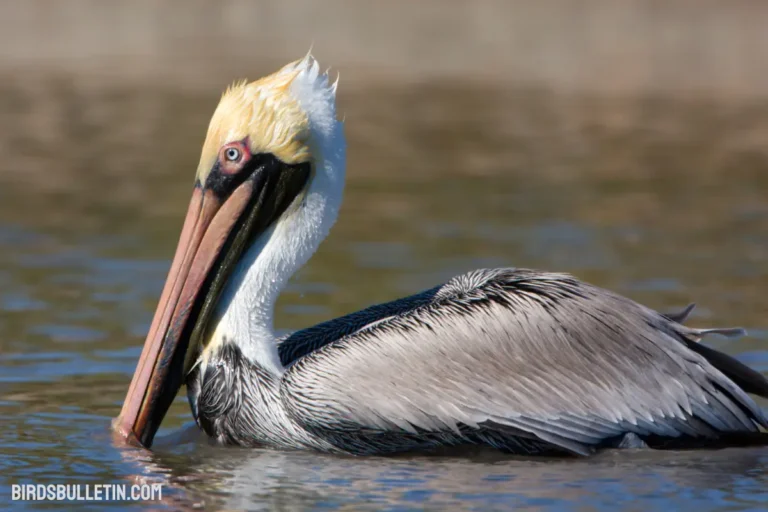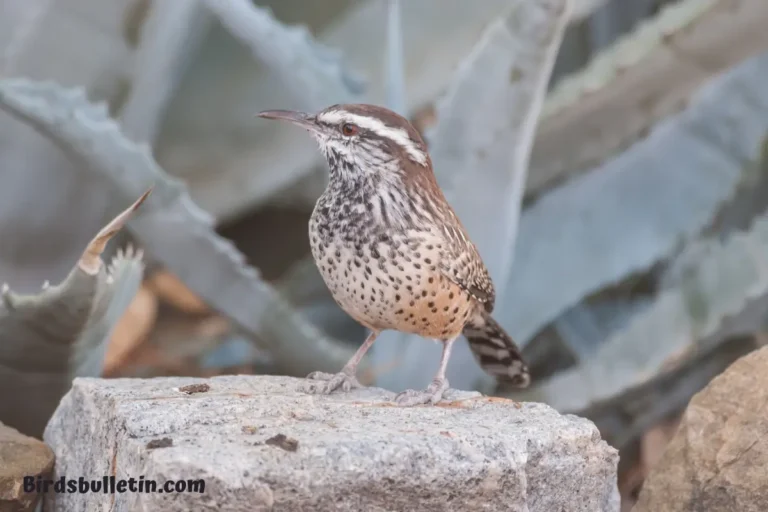Eastern Mourning Dove: Symbol Of Peace
Known for its distinct melancholic cooing, the Eastern Mourning Dove (Zenaida macroura carolinensis) is a beloved bird that has become a symbol of peace, love, and beauty across North America.
But how did this unassuming bird garner such meaning amongst humans? Read on to learn more about the natural history and cultural symbolism of the Eastern Mourning Dove.
Want to learn more about Birds Overview
Identification
Identifying the Eastern Mourning Dove involves recognizing subtle features that set it apart. Here is a step-by-step guide:
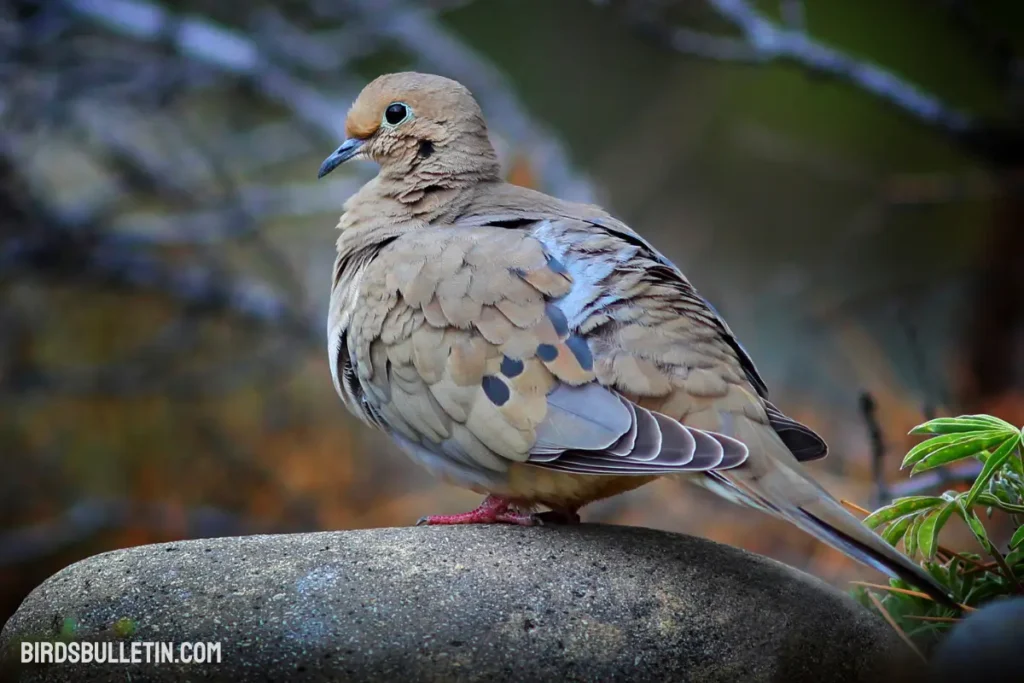
Size and Shape: Mourning Doves are medium-sized birds with slender bodies and long tails. They typically measure 9-13 inches in length.
Coloration: Their plumage is muted and elegant, with shades of light gray and beige. They often have a slightly pinkish hue on their chests.
Head and Facial Features: The dove’s head is small, and it has a distinctive, light-blue, crescent-shaped marking on its face just below the eyes.
Tail: The long, pointed tail is a key identifier, with white edges that flash during flight.
Flight Pattern: Mourning Doves have a swift, direct flight, and their wings produce a distinctive whistling sound.
Mourning Dove Profile
Here is a table with details about the Eastern Mourning Dove:
| Feature | Details |
|---|---|
| Scientific Name | Zenaida macroura |
| Alternative Names | American mourning dove, rain dove, turtle dove |
| Color | Light grayish-brown overall with black spots on the wings |
| Size | 12 inches (31 cm) |
| Wingspan | 17 to 19 inches |
| Weight | On average 4.4 ounces |
| Lifespan | Usually 2-4 years, recorded 30 years old |
| Breeding Season | March to October |
| Lay Eggs | 2 white eggs per clutch, up to 6 clutches per season |
| Diet and Prey | Seeds from grasses, grains, pine nuts. Will also eat snails, and insects. |
| Threats and Predators | Hunted by raptors, snakes, mammals. Nest raiding from jays, crows, squirrels. Habitat loss. |
| Locations | Across most of the United States including eastern and central regions. Winters along the U.S. Gulf coast, Mexico. |
State Bird and Symbol
Wisconsin specifically, the mourning dove symbolizes peace, beauty, and the arrival of spring. Michigan has also made the mourning dove its official state bird of peace.
Both Wisconsin and Michigan have paid tribute to the mourning dove and affiliated it with the idea of harmony.
This recognition speaks to the mourning dove’s image invoking serenity and gentleness amid the landscapes and cultures of these states.
Subspecies
There are five recognized subspecies of the mourning dove:
01. Zenaida Macroura Marginella (Woodhouse, 1852): Found in the western regions of Canada and the United States, extending southward to central Mexico.
02. Zenaida Macroura Carolinensis (Linnaeus, 1766): Inhabits the eastern parts of Canada and the United States, including territories such as Bermuda and the Bahama Islands.
03. Zenaida Macroura Macroura (Linnaeus, 1758): Recognized as the nominate subspecies, this variant is native to Cuba, Hispaniola (encompassing the Dominican Republic and Haiti), Puerto Rico, and Jamaica.
04. Zenaida Macroura Clarionensis (Townsend, CH, 1890): Exclusive to Clarion Island, situated off the western coast of Mexico.
05. Zenaida Macroura Turturilla (Wetmore, 1956): Inhabits the regions of Costa Rica and western Panama.
Using a separate genus for the Eastern Mourning Dove would make the genus Zenaida paraphyletic, so current taxonomy places this species and its subspecies within the Zenaida genus.
Nesting Habits
Mourning Doves (Zenaida macroura) are known for their simple yet effective nesting habits. Here’s an overview of their nesting behavior:
01. Nest Construction
Mourning Doves build relatively basic nests compared to some other bird species. The nests are typically constructed with twigs and small branches, forming a loose, open structure. The male and female doves often collaborate in the nest-building process.
02. Nest Location
Mourning Doves are versatile in their choice of nesting locations. They can nest in a variety of settings, including trees, shrubs, and even on the ground. It’s not uncommon to find their nests on building ledges, window sills, or other man-made structures.
03. Nest Shape and Size
The typical Mourning Dove nest is a flimsy platform made of loosely arranged twigs. Unlike some birds that create more intricate nests, Mourning Doves rely on simplicity. The male provides the materials, and the female arranges them into a saucer-shaped nest.
04. Egg-Laying
Mourning Doves are known for their rapid reproductive cycle. The female usually lays two eggs per clutch. The eggs are small, oval-shaped, and have a soft, chalky texture.
The coloration is typically white, and they may have a slight gloss. The female incubates the eggs for about two weeks, with both parents taking turns during this period.
05. Incubation and Parental Care
Both the male and female Mourning Doves share incubation duties. While one partner incubates the eggs, the other keeps watch and may occasionally bring nesting materials. Their parents produce a specialized “pigeon’s milk” secretion in their crops, which they regurgitate to feed the nestlings.
06. Fledging and Independence
After about two weeks, the young doves, known as squabs, hatch and are initially helpless. They rely on their parents for warmth and food. As they grow, the parents continue to feed them until they are ready to fledge, which occurs around 11 to 15 days after hatching.
07. Multiple Broods
Mourning Doves are prolific breeders, and under favorable conditions, they can raise multiple broods in a single season. The availability of food and suitable nesting sites influences the frequency of breeding.
08. Nest Reuse
Mourning Doves may reuse their nests, especially if a breeding attempt is successful. They often add new materials to the existing nest or build a new one nearby for subsequent broods.
Population and Migration
- Mourning doves are abundant and widespread across North America. Their total population is estimated at 350-475 million birds.
- They are migratory birds that breed during the spring/summer mostly in North America and then migrate south to winter in the southern United States, Mexico, and the Caribbean. Their migration routes can cover over 2,000 miles.
- During migration, mourning doves travel in loose flocks that number in the thousands. They tend to follow edge habitats like tree lines and rivers that provide cover and food supply along the migration journey.
- Population trends over the last few decades have been relatively stable or slightly increasing for mourning doves according to monitoring programs like the North American Breeding Bird Survey.
- Habitat loss in both their breeding and wintering grounds is a major threat. Changing agriculture practices and urbanization reducing nesting habitat have caused some local declines.
Behavior
Cooing – Male mourning doves are known for their distinctive, plaintive cooing. It is primarily a territorial call used to ward off other males, but also acts to attract mates.
Nesting – Mourning doves build simple platform nests of twigs, stems, and grasses. Nest sites are typically in trees, shrubs, or on building ledges. The female lays 1-2 white eggs that she incubates during the day and the male at night.
Feeding – They are primarily seed eaters, feeding on the ground in open habitats like grasslands and agricultural areas. They need grit such as fine gravel to help digest seeds in their muscular gizzards.
Water – Mourning doves need open water sources like bird baths and puddles to swallow and soak seeds. They do not have strong bills for cracking seeds.
Behavior – They are social and often found in small flocks outside of breeding season. Due to their wings whistling in flight, flocks are often heard before they are seen.
Predator Avoidance – They are a prey species for many predators. Their brown camouflaged plumage and swift direct flight assist in avoiding capture. When threatened, they take quick vertical flight and are known to reach speeds up to 55 mph.
Interhuman Connection
Mourning doves appeal to people in a unique way tied to their gentle nature, aesthetic beauty, and heartsick song. Almost universally revered, they appear in mythology, poetry, art, and other creative human works across cultures.
Images of doves holding olive branches or with light shining behind them represent peace, grace, devotion, and the presence of a divine spirit. Continued conservation efforts show that humans relate to and feel invested in preserving mourning doves.
Conservation Status
Because of their abundance as a game and farmland species dependent on human landscapes, the Eastern Mourning Dove remains common and classified as Least Concern by the IUCN Red List.
Habitat loss and pesticides pose threats in localized areas. Still, managed hunting poses little danger to overall population stability, though lead shot poisoning is an issue being addressed in some states.
Legal Protections
In the U.S., mourning doves are federally protected under the Migratory Bird Treaty Act but also permitted for regulated hunting in most states during certain seasons.
Any lethal take of mourning doves requires hunting authorization and adherence to established bag limits. Otherwise, fines and legal penalties apply for harming or destroying this species, its eggs, or active nests under the MBTA.
Frequently Asked Questions
01. Why are they called mourning doves?
The mournful-sounding cooing the males make to attract mates inspired the common name mourning dove. Their song was thought to be sorrowful by early European settlers.
02. What do mourning doves eat?
Mourning doves primarily eat seeds off the ground, including cereal grains, buckwheat, sunflower seeds, millet, safflower, berries, and some insects. They swallow grit like fine gravel to help digest seeds.
03. How far do mourning doves migrate?
Most mourning doves do not migrate very far – usually only going as far south or north as needed to find adequate food and shelter in winter months or breeding habitat in summer.
Final Word
With its graceful profile, iridescent plumage, and soulful voice, the Eastern Mourning Dove stands as a beloved ambassador bird whose beauty and behavior have captivated people across cultures.
Ensuring habitat preservation as human development expands will allow this adaptable species to serve as a living symbol of the gentler virtues for generations
References
- The Cornell Lab of Ornithology. “Eastern Mourning Dove.” All About Birds, Cornell University, www.allaboutbirds.org/guide/Mourning_Dove/overview
- Rappole, J. H., & Schuchmann, K. L. (1994). A comparison of the birds of Montserrat and Antigua, West Indies. The Wilson Bulletin, 106(3), 405-416.
- Terres, J. K. (1980). The Audubon Society Encyclopedia of North American Birds. Alfred A. Knopf.


